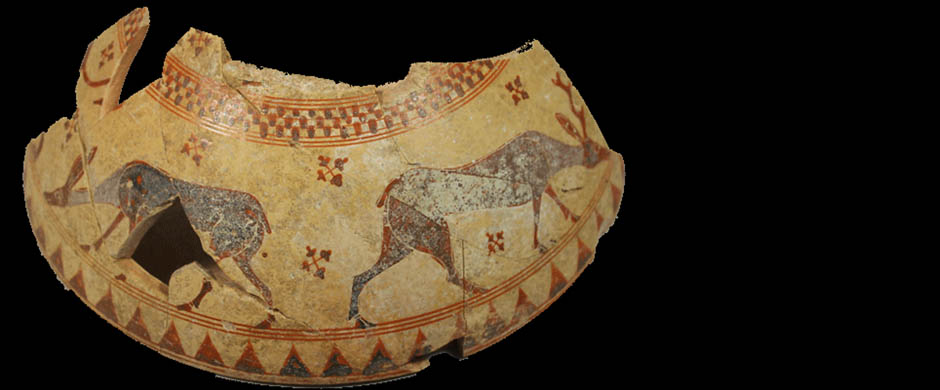 | In the Field
| In the Field

A Brief History of the Site of Selinunte
Selinus (modern Selinunte), located on the southwest coast of Sicily, was one of the most important Greek settlements in the West during the Archaic and Classical periods. Founded by Megara Hyblaea in the second half of the seventh century BCE, lying on two hills (the Akropolis and Manuzza Hill) connected by a narrow isthmus and bordered by rivers, Selinus commanded an extensive, fertile plain, which was a source of considerable prosperity. The wealth of the colony is reflected in the impressive urban and building policy of the sixth and the fifth centuries, when Selinus made a systematic effort to monumentalize its sanctuaries with the construction of a remarkable series of large and expensive stone temples, which served as powerful symbols of the colony's wealth, power, and public devotion.
As the westernmost Greek city in Sicily, Selinus had intensive and complex relationships with the non-Greek populations in this part of the island, namely the Phoenicians and the Elymians. In 480, at the battle of Himera, where Greeks from Syracuse and Agrigento fought the Carthaginians, Selinus sided with Carthage. Years later, hostilities between Selinus and Segesta brought Athenian intervention in Sicily (415). In 409, on the occasion of the Carthaginian invasion, Selinus was taken and sacked by Hannibal.
A few years later, with the consent of Carthage, refugees refounded Selinus. Between the early fourth and the first half of the third century, the city remained mostly under Carthaginian control, and was inhabited by a mixed Greek and Punic population. Characteristic of this period are the massive fortifications surrounding the Akropolis, which point to the significant strategic role assumed by Selinus during the wars between Syracuse and Carthage. Finally, in 250, on the occasion of the first Punic War, Selinus was abandoned, its walls dismantled, and its inhabitants transferred to Lilybaion.